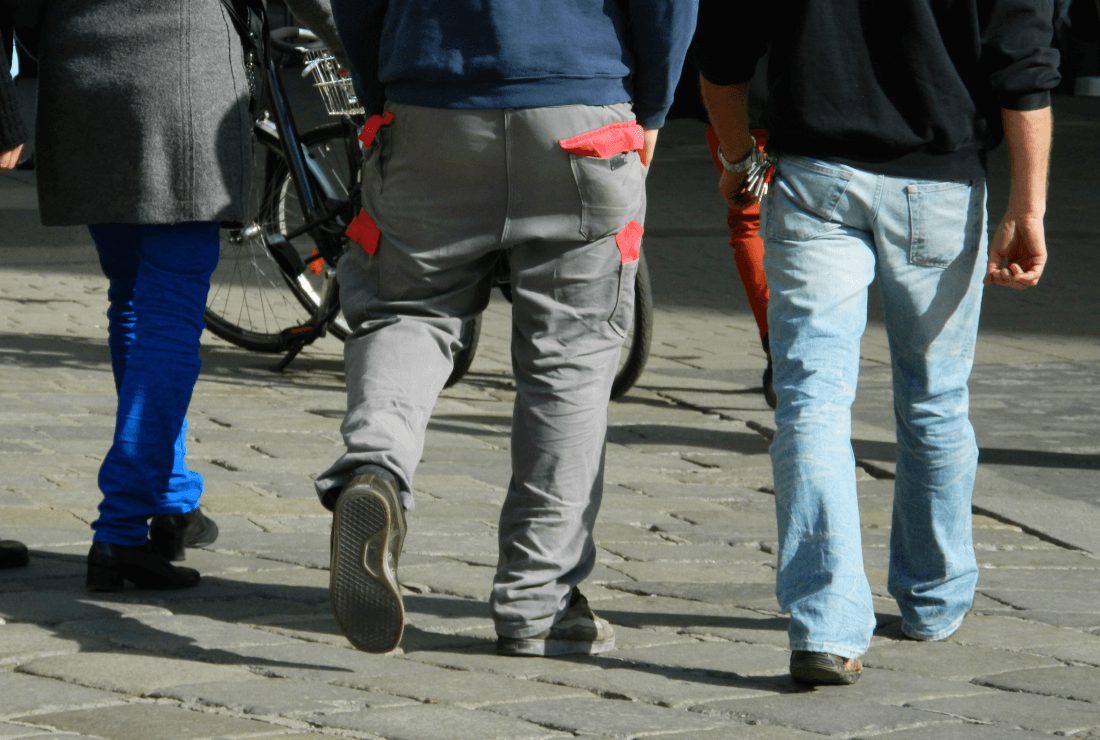
21 Apr Opening the streets to pedestrians
In times of corona crisis, keeping distance is one of the most important rules of conduct. However, the sidewalks in the city are often too narrow to follow the rule. Researchers from the Institute of Spatial Planning at the Vienna University of Technology investigated where it would make sense to close roads to cars in order to provide more space for pedestrians in Vienna. The results of the study have some effects.
Since Easter there are four (temporary) shared zones more in Vienna: Bahnstraße in the 3rd district, Florianigasse in the 8th district, Hasnerstraße in the 16th district and Schopenhauerstraße in the 18th district. Five more shared zones are to follow.


